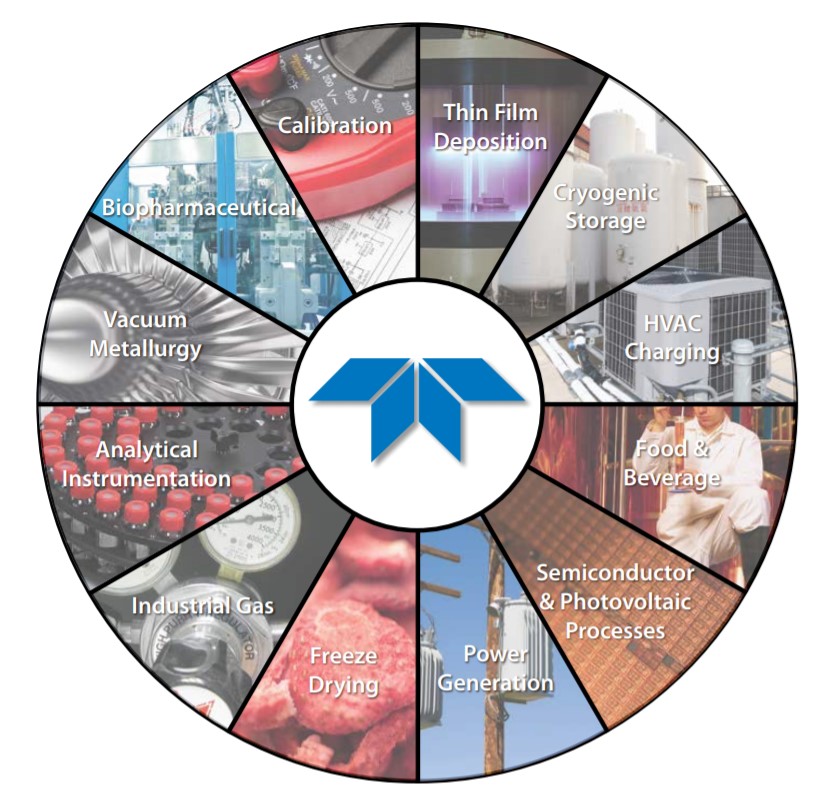Applications
 There are numerous applications for our vacuum gauges, across a variety of industries. Teledyne Hastings has decades of experience with many of these applications – let us help you! Our application notes are provided to explain how our products improve your vacuum measurement and process control.
There are numerous applications for our vacuum gauges, across a variety of industries. Teledyne Hastings has decades of experience with many of these applications – let us help you! Our application notes are provided to explain how our products improve your vacuum measurement and process control.
Example: How to check vacuum in a HVAC system?
A common vacuum application that applies to our daily lives is the use of a Heating, Ventilation, and Air Conditioning (HVAC) or refrigeration system. The efficiency of these systems depends on how well it has been conditioned before the refrigerant charge. Before it can be charged, we must remove air and, more importantly, moisture. If there are any deposits of water clinging to the system’s internal surfaces, they will subsequently freeze and cause failure due to expansion and acid formation.
To ensure ideal conditions we must check for vacuum in the HVAC system. This is done with an absolute vacuum gauge with high precision between 0.01 - 20 Torr; commonly a Thermocouple (TC) Gauge Tube. By isolating the system from the vacuum pump, the system’s pressure will reach an equilibrium state where it can be measured to determine if there is moisture present. If the vacuum level reaches the vapor pressure of water, approximately 17 Torr, moisture is still present in the system and it must be cleared. If the pressure rises above 17 Torr, then there is likely a leak that needs to be addressed.
A more in depth explanation about the principles and process of measuring vacuum in a HVAC system is detailed in our
HVAC System Application Note.
Suggested Equipment:
